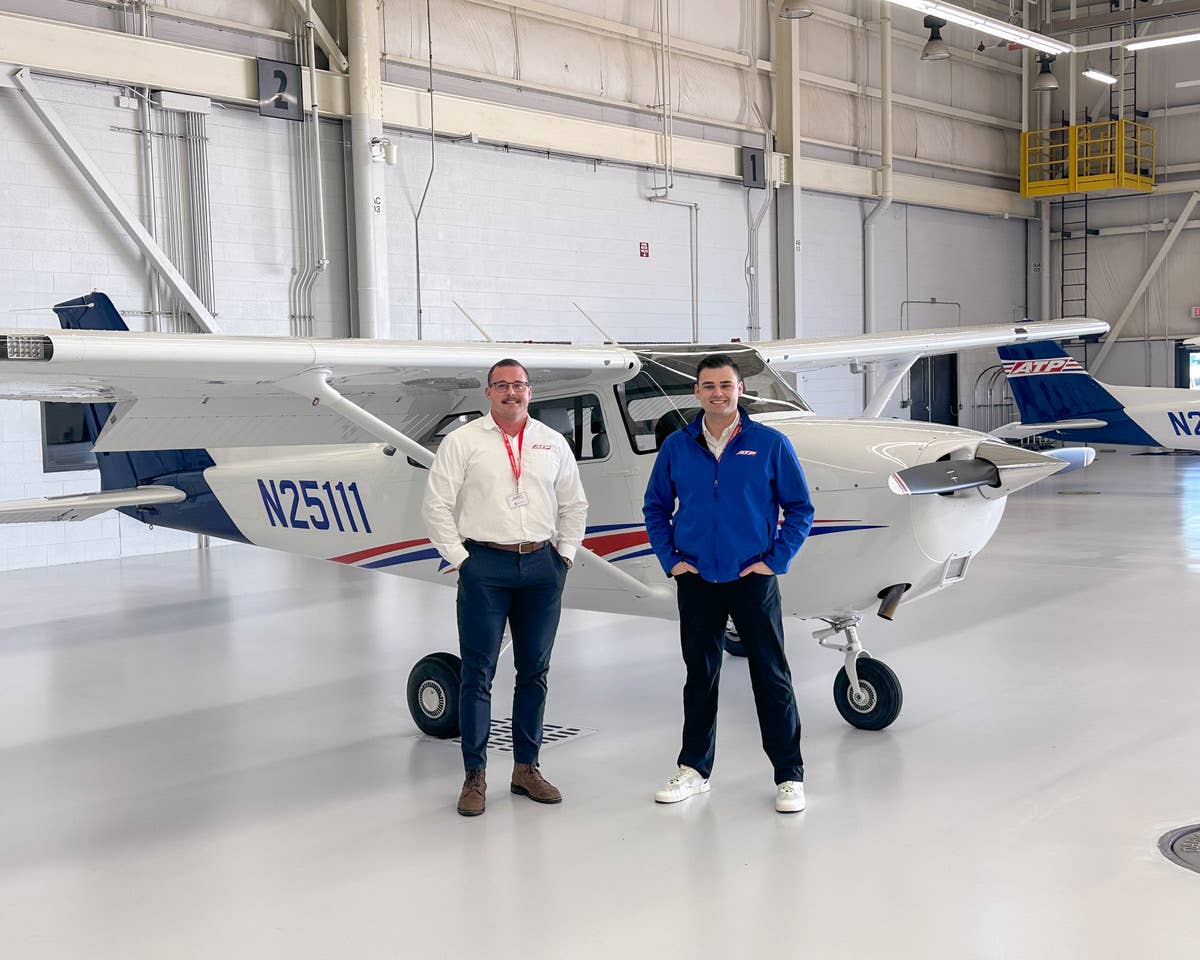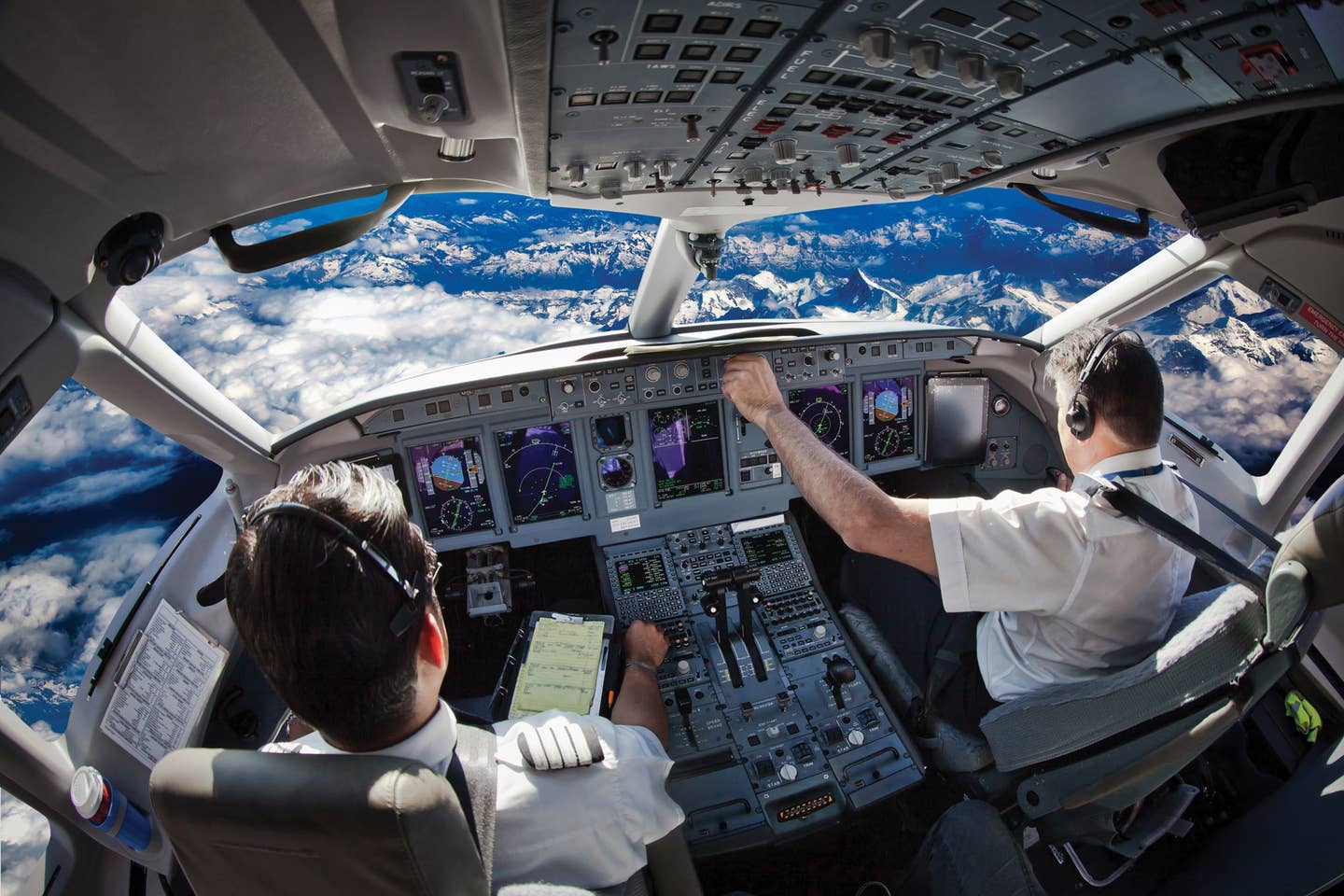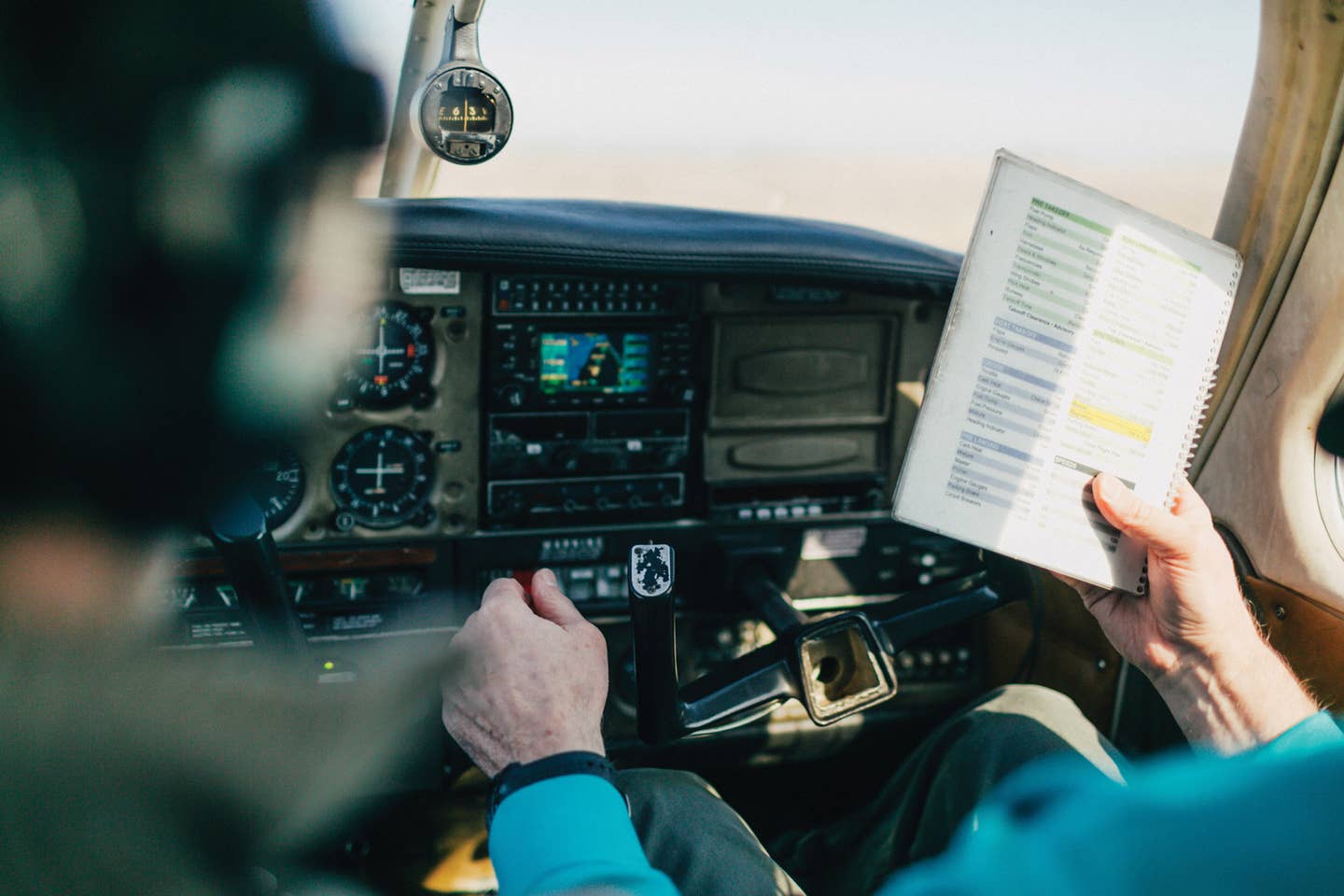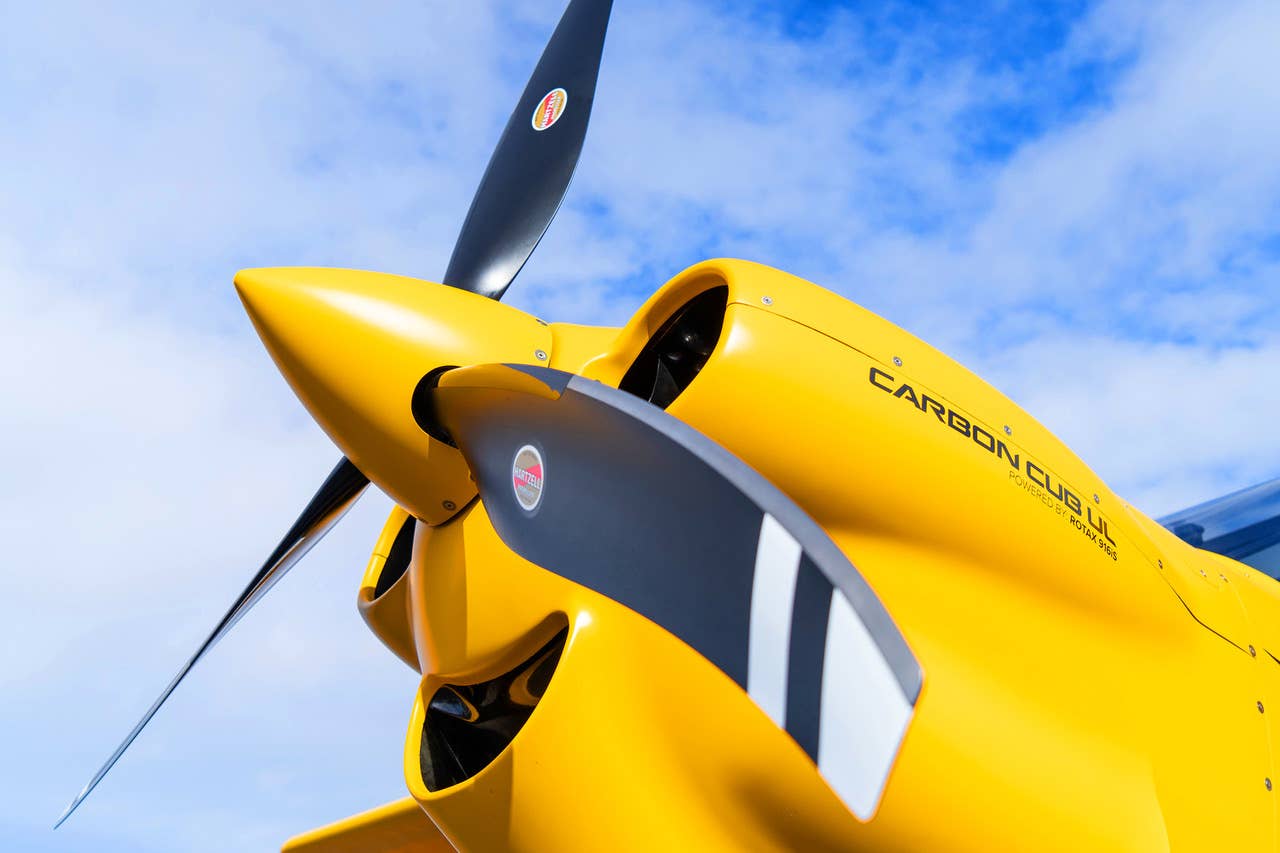Evektor Sportstar Max: An LSA For All Seasons
Mature, stable, fun, comfortable: Evektor’s superb Sportstar max offers the whole package
 |
I stand by the Evektor SportStar Max at the 2nd Annual Midwest LSA Expo in Mount Vernon, Ill., talking with a gentleman (let's call him Gary), who epitomizes the typical "hot prospect" to buy a high-end S-LSA. Around 55, approaching his retirement years, Gary can afford any LSA on the market. Though he has never flown, he knows what he wants: When I suggest a variety of LSA types, including a lower-priced cage-and-fabric model, he shakes his head.
"No, I don't want an ’ultralighty' type, I want something like this," he says, sweeping his hand toward the Max, "that looks like a real airplane." I nod my head and ask about his profession. "I'm an engineer." I nod again. Having just shared nine straight hours in this beautiful, solid, refined Max with another lifelong engineer, Evektor's northeast regional "partner" Art Tarola, I understand his attraction: The Max is an airplane any engineer would love.
In the air all the day before, Art and I had winged west from Allentown, Pa., toward a storm front. Smooth and beautiful as we cruised above the long glacial ridges of Pennsylvania, the flight turned gnarlier by midday. We were forced to overnight in Dayton, Ohio. But the flight afforded a perfect opportunity to know an LSA in a way I rarely do---by flying it all day in a variety of conditions.
The many virtues of the Max became evident the more we flew and the more I talked with Art. He wrangles his AB Flight full-service LSA operation, (www.abflight.com) in Allentown, and is as knowledgeable and experienced in recreational flight as anyone out there. And being an engineer, he appreciates not only the things you see, like refined (remember that word) aerodynamic construction and high-quality fit and finish, but the things you don't see, too.
 |
Design And Construction
Art's hyperenthusiastic engineer's brain kicks into overdrive when discussing the Max. After telling me at least 20 times that Czech Republic's Evektor has designed and built quality aircraft for 40 years---it becomes a running joke between us---he describes how it manifests in the airframe's composite and metal construction. It's not only bonded with space-age adhesives but also riveted the way GA aircraft have been for decades.
"This is one strong and solid airplane," he says, eyes all a-twinkle. "On the IFR version, every piece is electrically bonded to every other to eliminate any chance of a spark from lightning strikes."
God In The Details
The company's designers and builders love to constantly tinker with the airplane. "That's something guys like me really appreciate," says Art. "They've been building airplanes for!how long?"
"Forty years," I shoot back.
"Who told you that?"
"Can't remember."
Case in point: The airplane's redesigned interior reflects Evektor's commitment to refinement that transcends routine periodic upgrades. The current Max represents several iterations down the line from the original SportStar---the first S-LSA certified and sold in America.
Changes include a new, graceful stick; a center console with reclining armrest; automotive-style, upholstered side panels that run to the firewall and sport handy map pockets; another map pocket; a cup holder at the front base of each seat (great for Art's malnourishment bags of Nutter Butters and chocolate-chip cookies) and a redesigned panel trim package.
The day before, he had quipped: "I keep waiting for the flight attendant to come forward and ask us what we want to drink." Indeed, if it were LSA-legal, someone could almost curl up in the ample 6.2 cubic feet of cargo area behind the seats. Just big enough to fit a golf bag, max baggage weight is 55 pounds, better than many LSA.
 The upgraded cockpit features the latest Dynon SkyView avionics, plastic trim, extended side panels, new control sticks and a center console with an armrest. |
Weathering The Ride
Midway through our second two-hour leg in challenging turbulence, the Max had demonstrated its winning handling personality. The bird evokes classic Piper and Cessna metal birds in that there are no surprises. Benign nonstalls give gentle warning but require only relaxing the stick forward or a touch of power to neutralize. Crank-and-bank work (Work? Naw, fun!) required losing my newly acquired J3 Cub rudder skills---they're not needed. The wing exhibits so little adverse yaw tendency that turns require almost no rudder input.
Control feel? Harmoniously balanced and firm but responsive, thanks to all-pushrod linkage---no cables or compensating springs to muddy up the feel ---and an overall sense of solid, honest feedback. Gradually increasing pressures, such as when rolling into steep banks, let you sense what the airframe "feels."
In fact, everything about the Max feels solid but responsive. Cruising at 6,500 feet, we enjoyed the spot-on sophistication of the TruTrak EFIS GP with built-in two-axis autopilot. It linked inputs to the Garmin GNS 430W GPS course and altitude settings with unwavering accuracy. When we knob-dialed changes, TruTrak's autopilot responded with sublime smoothness.
This is my third flight in a SportStar over two years; the breed never fails to impress with its all-around, superb performance. Two examples: "Riding the waves" through strong turbulence, Art had me prioritize my tasks as I hand-flew the course for an hour.
Rolling and pitching through the bilious bubbles, I worked at holding between 80 and 90 knots, mindful of the max convective maneuvering speed (90 knots), whilst holding altitude and course as he deftly twiddled the precision vernier throttle in and out---he's an engineer, after all.
I won't pretend comfort in the bumps that bounced from 1,000 fpm up to 1,000 fpm down, but I was impressed with the sense of security Max imbues to your efforts. Its inherent aerodynamic stability makes negotiating such conditions a confidence-building experience.
All LSA are light airplanes. The Max tips the scales between 680 pounds and 740 pounds, depending on equipment, so it won't power-plow through trash like a Boeing 777. But it does adapt to conditions with certainty and stability as it wiggles its way through: You never feel it's going to get away from you.
That's important in an IFR-capable platform. The Max can be configured for full IFR flight and flown by an appropriately rated pilot into---or out of---inclement weather.
"The IFR version," Art says, "also has dual, heated pitot tubes, and the navigation instruments are all FAR Part 23 certified. It's legal and fully capable of IMC."
Aiding the biological side is the gently reclined seating. I've never been more comfortable in any LSA. For long trips, Art boosts the attractive upholstery's comfort with a thin back/seat cushion. We flew for six hours, and I never once squirmed in my seat.
 |
Many Joys, So Little Time!
I'm out of room long before enthusiasm and superlatives, so let's wrap up with closing thoughts: Evektor is a big company with a small shop's commitment to the design-refinement process. We should hope it stays on the scene for the long haul. Its U.S. presence has stumbled a bit in the challenging economy and will likely have evolved by the time you read this into several regional "partners" like Art Tarola, rather than one central distributor. Each will import, sell, teach and service local customers.
Every Max is custom-built to owner specifications, which takes about 60 days. Evektor doesn't believe in sticking dealers with "shelf" airplanes. Options such as ballistic chutes or IFR capability are built into the basic airframe and need choosing upon ordering.
Max's wing top-vortex generators bring the clean stall speed down from 44 knots to 37 knots. This in turn allows the LSA-maximum legal gross weight of 1,320 pounds. The VGs also lower angle of attack at cruise to give a max level cruise of 115 knots and 110 knots at 75% power. We saw consistent 100-plus speeds at around 65% power with a fuel burn of around 5.5 gph. In calm air, a trimmed-up Max flies as if it were on rails.
More examples of Evektor's refinement process: widened main wheel stance, dampened steerable nosewheel sensitivity, enhanced brake access for maintenance, beefed-up canopy frame and redesigned latching mechanism. An endemic design philosophy of ensuring upgrades are retrofittable to all earlier models, whenever possible.
The split flaps afford an actuating mechanism that's simpler but still highly effective. "I can descend with full flaps," says Art, "at 1,600 fpm and hold 62 knots all the way down to landing."
Art believes the Max's biggest selling point is its quality and design maturity. "There are no collapsing nosegear problems, no cracks in weak parts. They've had!how many years to figure things out?" "Forty," I answer. "That's right," he says with a smile. "You’ve been talking to the right people."
And in hardworking, committed U.S. reps like Art Tarola and Ohio colleague Steve Minnich (www.midwestsportplanes.com), who flew a SportStar SL alongside us to the air show, Evektor has found the right people to bring a message to a resurging LSA market: Here's an airplane, a company and a support network deeply committed to growing recreational flight into the major aviation sector it always had the potential to become.

Subscribe to Our Newsletter
Get the latest Plane & Pilot Magazine stories delivered directly to your inbox






